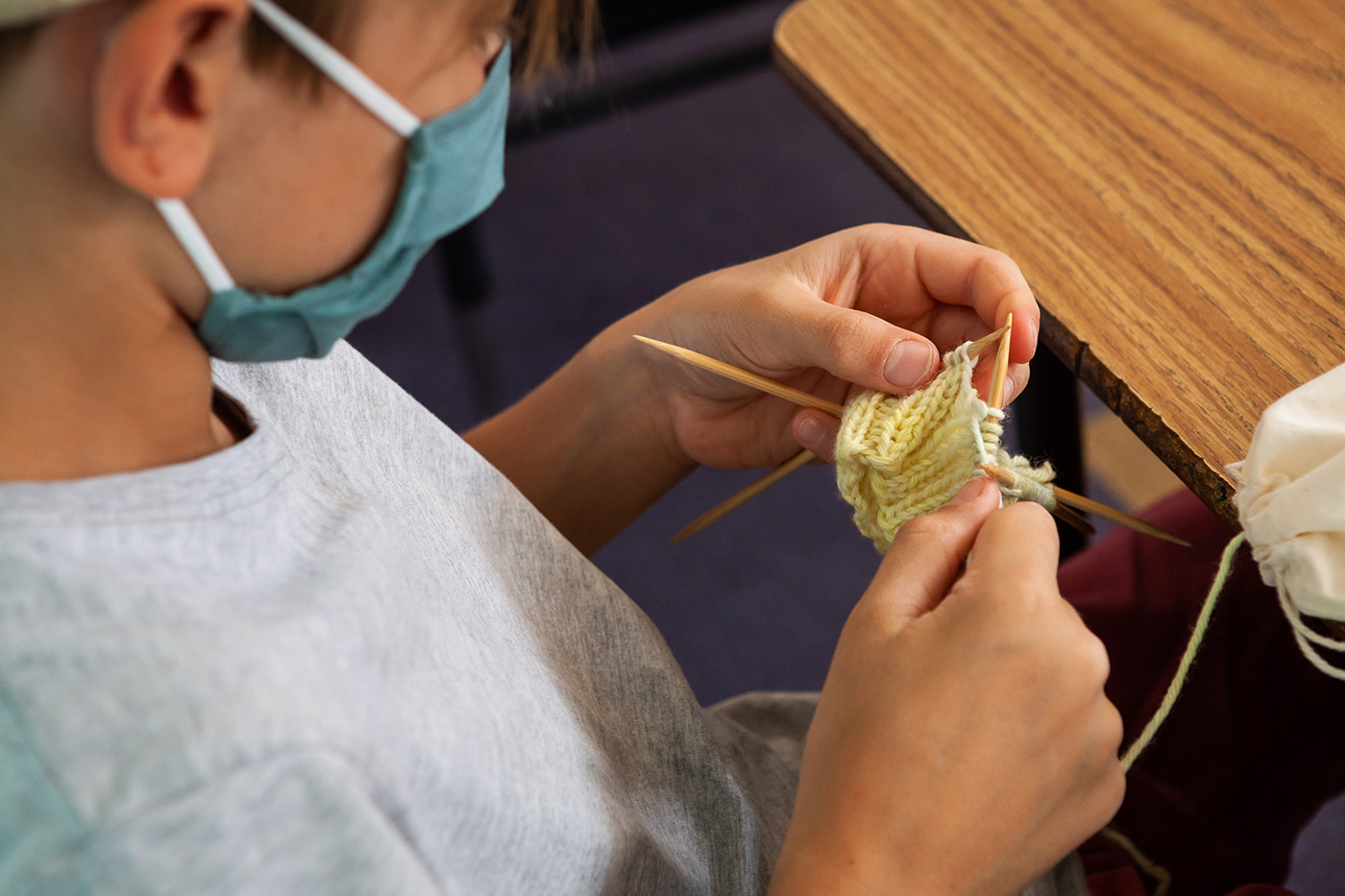Working with our hands is enjoyable and helps ward off irritability, apathy, and depression. New research highlights the fascinating things that happen with your brain when you work with your hands. It gives your active mind a rest by engaging it in a totally different way, which helps your mind relax and recharge. The shift away from “active” thinking often allows you to digest information and process and solve problems in the background while your attention is engaged in your task.
“Working productively with our hands is profoundly pleasurable. There is something primal about this. We are made to be active, and have actively used our hands as part of our daily survival for thousands of years,” writes physician Susan Biali Haas M.D. in this article from Psychology Today. “With the advent of so much technology, many of us move through our days with minimal physical effort…Overall, we get far less physical activity than would be optimal for our bodies and minds.”
At City of Lakes Waldorf School, we make sure students work with their hands and move their bodies every day by incorporating the arts, movement, and practical work throughout our curriculum—from early childhood all the way through middle school.
When writing about the “Sewing Shop” that her Kindergarten students recently created, Kindergarten Teacher Jessi Lisell shared this: “The projects the children work on in Kindergarten help to foster hand-eye coordination, fine motor development, patience, and a sense of inner satisfaction and pride. …They practice problem solving when their thread tangles, self advocacy when they ask for help (and patience as they wait for that help!), and community building as they support and encourage one another.”
In grades 1-8, many of our classrooms begin the day with movement—from drumming and dancing to tossing bean bags to each other across the circle. Subjects such as Handwork, Movement and Circus Arts, and Arts and Crafts are not considered “extras;” they are intentionally interwoven into the curriculum and daily rhythm for our students, offering a well-rounded and truly integrated approach to learning.
Learn More:
- Why Waldorf? The future you are leaving to your children will require more than book-smarts. It will call for courage, creativity, and care. These are the precise qualities that Waldorf has nurtured for the past 100 years.
- Are you curious about a Waldorf education for your child? Click here to connect with us!


